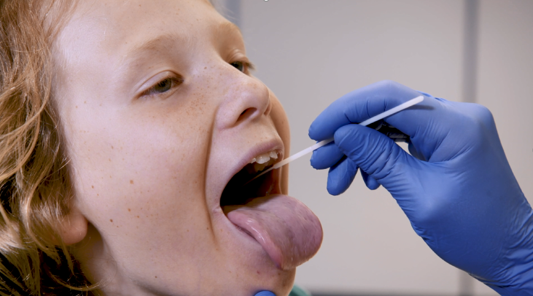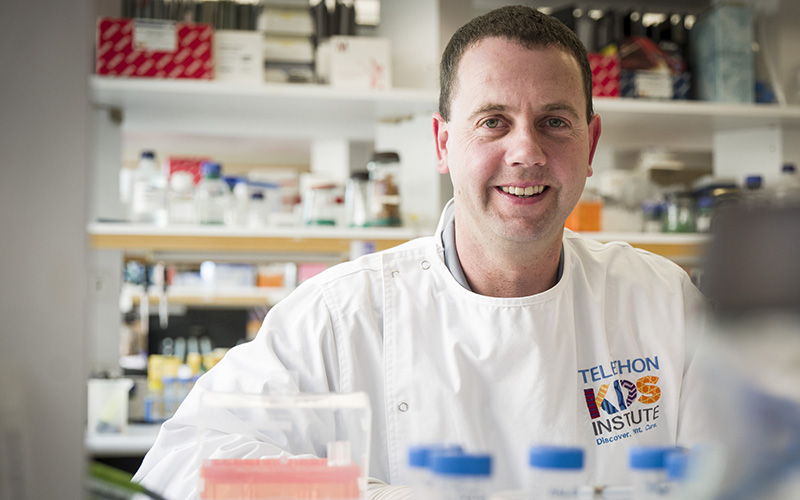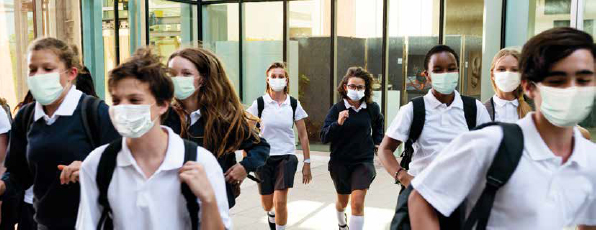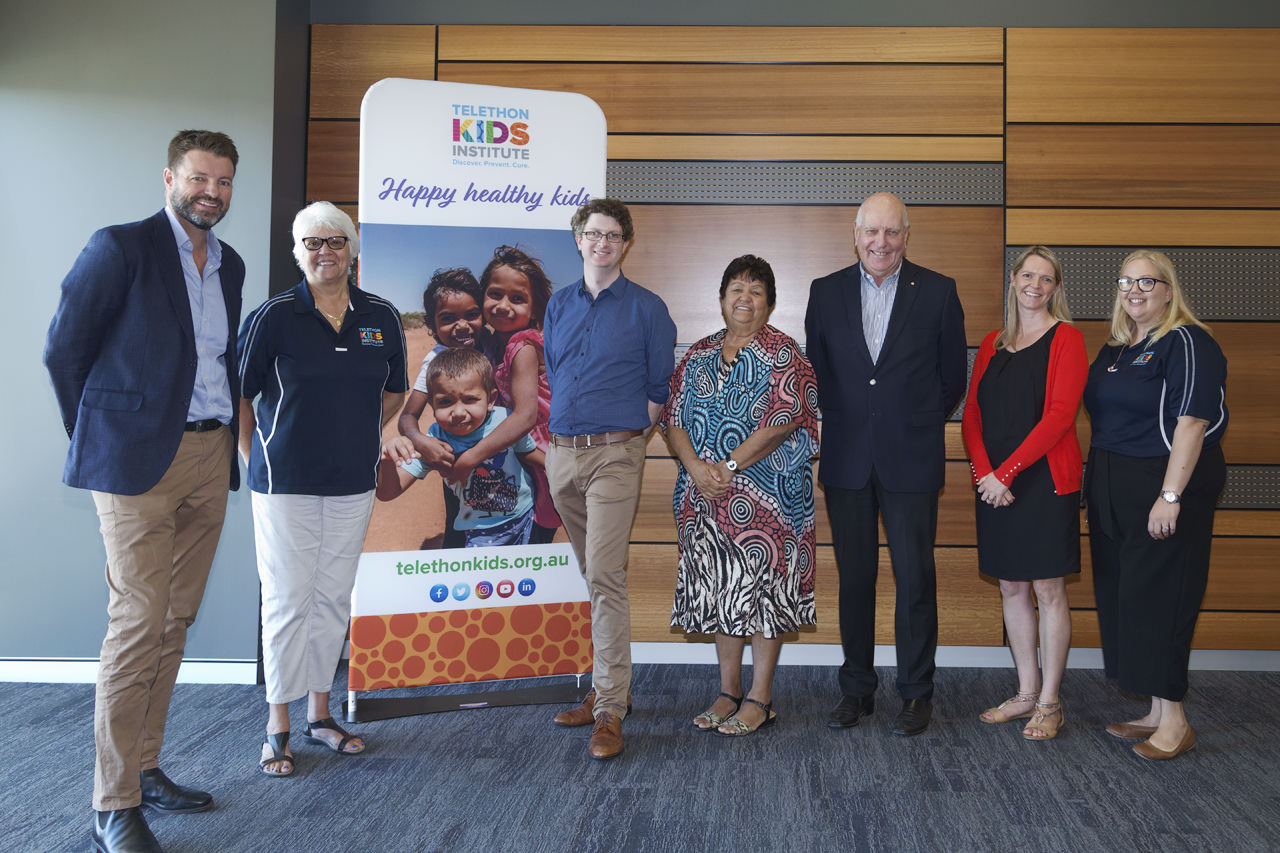Search

News & Events
COVID tests well tolerated by WA school kidsA study conducted across 40 WA schools has found COVID-19 testing using a combined nose and throat swab was well tolerated by children as young as 4 years.

News & Events
The Kids Cancer Researcher wins prestigious Cancer Council WA awardThe Kids Research Institute Australia cancer researcher, Dr Jason Waithman, has been named Cancer Council WA’s 2021 Cancer Researcher of the Year.

News & Events
Sibling’s likelihood of autism diagnosis impacted by age gap, study findsThe Curtin University research in collaboration with The Kids Research Institute Australia, published in Autism Research, investigated more than 925,000 births in Denmark, Finland and Sweden.

News & Events
The Kids respiratory researcher wins prestigious prize at 2021 Premier’s Science AwardsThe Kids Research Institute Australia researcher, Niamh Troy, has been named a joint winner of the Exxon Mobile Student Scientist of the Year award at the Premier’s Science Awards.

News & Events
How the pandemic has shaped the mental health of our kidsThe Kids Research Institute Australia researchers went into 79 WA primary and secondary schools in 2020.

News & Events
School routes swimming in junk food adsPerth children are being exposed to thousands of junk food ads every year on their way to and from school, a study led by The Kids Research Institute Australia has found.

News & Events
Consumer engagement jewel recognised for changing the conversation on health researchPioneering health consumer advocate Anne McKenzie AM has been awarded the National Health and Medical Research Council’s prestigious Consumer Engagement Award in recognition of an almost 30-year career.

News & Events
Youth mental health survey during COVID lockdown supports calls for “blended” servicesA state-wide survey conducted by The Kids Research Institute Australia researchers has found there are significant benefits to offering youth mental health treatment via telehealth services.

News & Events
Local business to support Aboriginal ear health programEvery year 650,000 Australian children suffer from recurrent or chronic middle ear infections called otitis media (OM).

News & Events
Helping WA kids through the state’s snap lockdownWA’s sudden lockdown has come as a shock to most of us. The Kids Research Institute Australia researcher and psychologist Dr Monique Robinson says parents should keep a close eye on their children who may be feeling anxious or disappointed as a result.
